The new law requires landlords take photos of rental units before and after a tenant moves in.
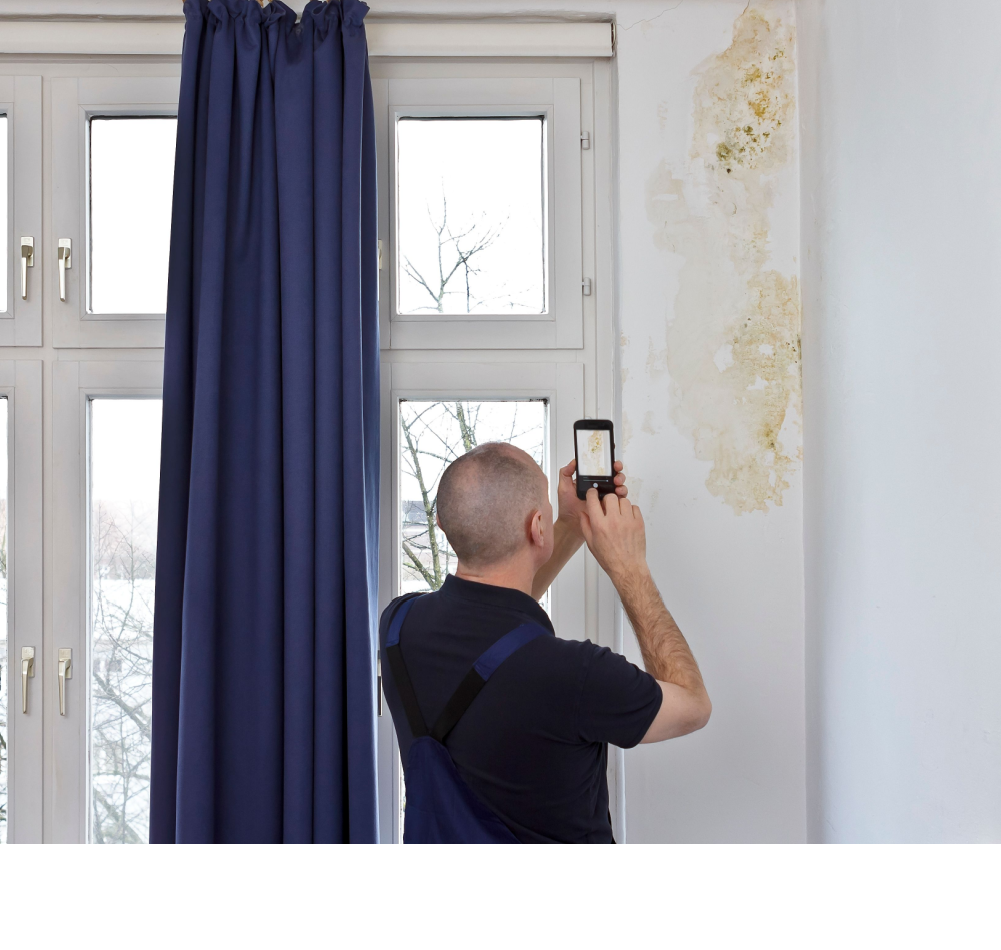
California Preparing for Move-In, Move-Out Documentation Law
A layer of complexity will be added to onsite and maintenance teams in California regarding move-ins, move-outs, and security deposits when California law Assembly Bill (AB) 2801 goes into effect this year.
The new documentation law requires landlords to take photos of rental units before and after a tenant moves in. The law also requires landlords to provide these photos to tenants along with any itemized deductions.
Apartment owners or management companies must take high-resolution, date-stamped photos of the unit before the tenant moves in and immediately after the tenant moves out.
Beginning April 1, an owner or management company must take photographs of the unit within a reasonable time after the possession of the unit is returned to the owner/manager but before any repairs or cleanings for which the owner/manager will deduct from the deposit are completed, and that the owner/manager take photographs of the unit within a reasonable time after the repairs or cleanings are completed.
Owners must take photos of the unit after repairs or replacement items such as appliances are complete or the new item is installed.
AB 2801 takes effect for move-ins on or after July 1, 2025.
AB 2801 also imposes stricter limits on security deposit deductions. It clarifies what qualifies as “reasonably necessary” charges for cleaning and repairs
The bill restricts any deductions taken by a housing provider against a tenant’s security deposit, limiting such deductions to reasonable amounts and repairs that are “reasonable and necessary” to restore the premises to their condition before the tenancy, except for ordinary wear and tear.
Free Rental Application
Get 20 Rental Forms for FREE, including a rental application.
Assembly Bill 2801 prohibits operators from deducting the cost of professional services such as professional carpet cleaning, unless reasonably necessary.
“In the long run, this is going to help reduce disputes,” Kim Arnold, Vice President – Management, Atlantic Pacific Management, said.
Arnold said her on-site team would handle the photography during the initial walk-through, and her maintenance team would handle the photography at the move-out stage.
Her firm operates 2,500 units in San Diego and Riverside County with an annual turnover rate of 24.1 percent, well below the industry average of 50 percent.
Her teams also must manage the process, such as labeling the photos and downloading and preserving the images.
Mobile maintenance apps have grown in popularity in recent years. Software tools such as AppWork and others streamline and simplify the process, allowing digital photography and storage to be handled through an onsite team member’s company-issued phone.
“The move-out post-repair photos will be the most difficult logistically and administratively because, for example, when replacing a stove, the new stove doesn’t always arrive within 21 days, so you must wait for it,” Arnold said.
“In the end, we don’t want to go to small claims court over security deposit complaints. We give our managers a lot of latitude when deciding how to handle the situation. We haven’t been to court in eight or ten years.”
The documentation law, AB 2801, could create unnecessary delays in the turnover process, directly impacting unit availability and operational efficiency. According to Sean Landsberg, CEO of AppWork, the key will be leveraging technology to streamline photo capture, organization, and retrieval while minimizing disruptions to day-to-day maintenance work.
“Meeting the requirements of AB 2801 means going beyond just taking photos, it requires a structured process for taking, storing, and accessing images efficiently,” Landsberg said.
“Maintenance software allows teams to capture high-resolution, time-stamped photos directly within a work order, automatically linking them to the unit’s history for easy compliance. By automating this process, operators can ensure they meet legal requirements while keeping their teams focused on core maintenance responsibilities rather than administrative tasks.”
Windell Mollenido, VP of Marketing & Technology, REMM Group, called AB 2801 a big deal.
“That’s going to take a lot of time for our maintenance and onsite teams,” he said. “It’s almost as if they have to record a virtual unit tour with their smartphones. That’s not to mention having to label the images, upload them to our property management platform, and manage them.
“This is not exactly what we have in their job descriptions. They’ll need to focus on taking consistent images – that means focusing on the right things and not blurry. We’d rather have them spend more time maintaining our apartments by handling work orders.”
REMM manages approximately 6,000 apartments throughout Southern California – from San Diego to Los Angeles to the Inland Empire.
Source: Rental Housing Journal


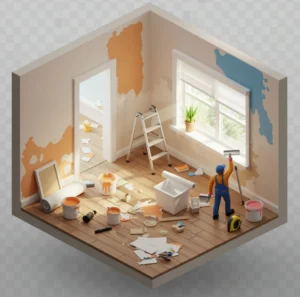
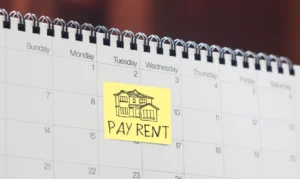

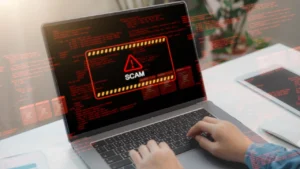

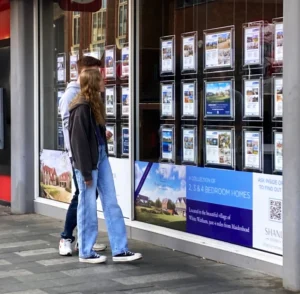
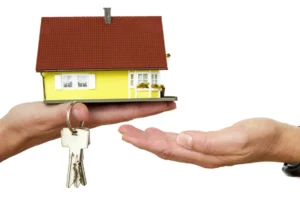




 Accessibility
Accessibility